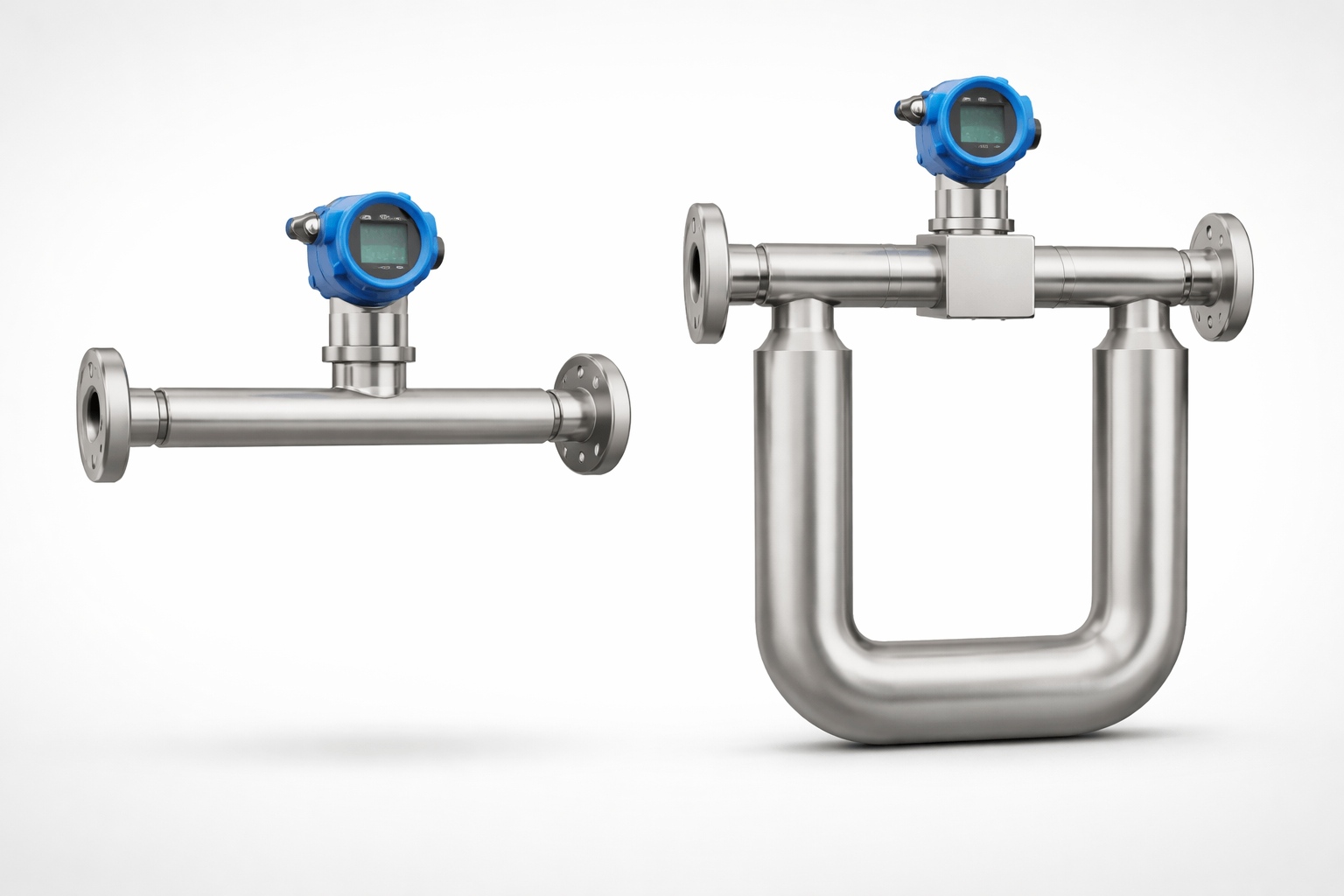When it comes to hair care, the use of conditioner is a crucial step that can significantly impact the health and appearance of your locks. However, a common question arises: How long should you leave conditioner in your hair? The answer is not as straightforward as one might think, as it varies based on several factors including hair type, conditioner formulation, and desired results. In this post, we will delve into the intricacies of conditioning, providing you with a comprehensive guide to maximize the benefits of your conditioner.
Understanding Hair Types and Their Needs
Before determining the optimal duration for leaving conditioner in your hair, it’s essential to understand your hair type. Hair can generally be categorized into three main types: straight, wavy, and curly. Each type has unique characteristics that influence how it absorbs moisture and nutrients.
- Straight Hair: Typically, straight hair is less porous, meaning it may not require as much time for the conditioner to penetrate. A leave-in time of 2 to 5 minutes is often sufficient for straight hair to reap the benefits of conditioning without becoming weighed down.
- Wavy Hair: Wavy hair tends to be more porous than straight hair, allowing for better absorption of moisture. Leaving conditioner in for 5 to 10 minutes can enhance the waves' definition and reduce frizz, providing a balance between hydration and volume.
- Curly Hair: Curly hair is often the most porous and can benefit from longer conditioning times. For optimal results, leaving conditioner in for 10 to 20 minutes—or even longer with a heat source—can help to deeply hydrate and define curls, reducing breakage and enhancing elasticity.
The Role of Conditioner Formulation
The formulation of your conditioner also plays a significant role in determining how long it should be left in your hair. There are generally two types of conditioners: rinse-out and leave-in.
- Rinse-Out Conditioners: These are designed for quick hydration and typically require a shorter application time. Following the manufacturer's instructions, a duration of 3 to 10 minutes is usually recommended. For best results, apply the conditioner to clean, damp hair, ensuring even distribution, and rinse thoroughly.
- Leave-In Conditioners: These products are formulated to remain in the hair, providing ongoing moisture and protection throughout the day. They can be applied to damp or dry hair and do not require rinsing. The duration of effectiveness is not time-bound; instead, they work continuously until the next wash.
Special Considerations for Treatment Conditioners
In addition to standard conditioners, treatment conditioners or deep conditioners are available for those seeking intensive care. These products are typically richer and more concentrated, designed to address specific hair concerns such as damage, dryness, or color treatment.
For treatment conditioners, leaving them in for 15 to 30 minutes—or even longer—can yield significant benefits. Many users find that applying heat, such as a warm towel or a heated cap, can enhance the absorption of the product, allowing for deeper penetration into the hair shaft.
Tips for Maximizing Conditioner Efficacy
To ensure that you are getting the most out of your conditioning routine, consider the following tips:
- Pre-Wash Treatment: For extremely dry or damaged hair, consider using a pre-wash oil treatment. This can help to lock in moisture and prepare your hair for conditioning.
- Sectioning Hair: When applying conditioner, section your hair to ensure even distribution. This is particularly important for thicker or curlier hair types.
- Avoid Over-Conditioning: While it may be tempting to leave conditioner in for extended periods, over-conditioning can lead to product buildup and weigh hair down. Always follow the recommended times based on your hair type and conditioner formulation.
- Regular Assessment: Hair needs can change due to environmental factors, styling practices, and overall health. Regularly assess the condition of your hair and adjust your conditioning routine accordingly.
Conclusion
In summary, the duration for leaving conditioner in your hair is not a one-size-fits-all answer. By considering your hair type, the formulation of your conditioner, and your specific hair needs, you can tailor your conditioning routine for optimal results. Whether you have straight, wavy, or curly hair, understanding these nuances will empower you to achieve healthier, more vibrant locks. Remember, the key to effective hair care lies in consistency and adaptability—so listen to your hair and adjust your routine as needed. Happy conditioning!




